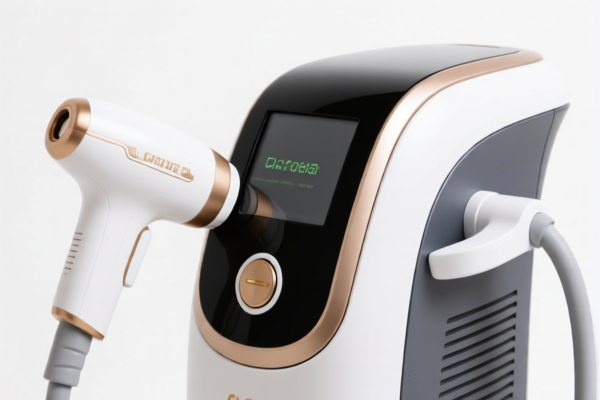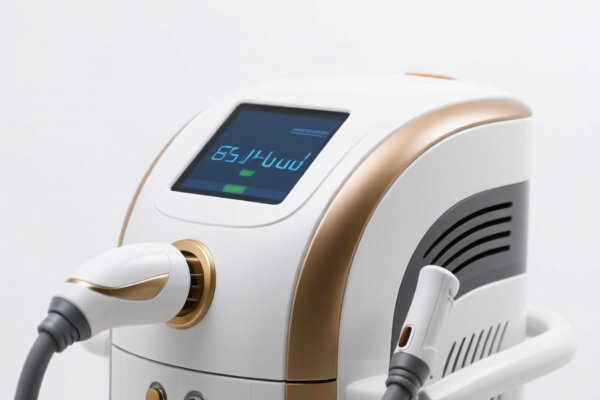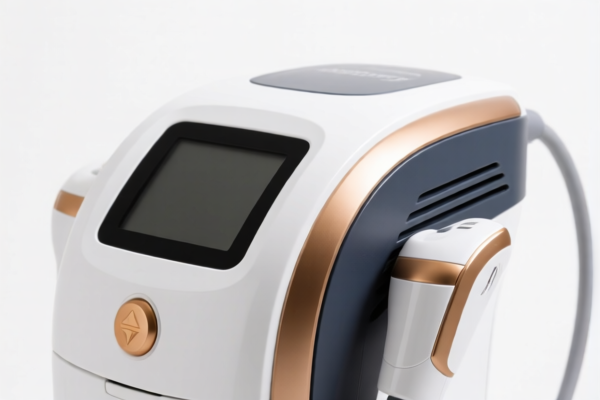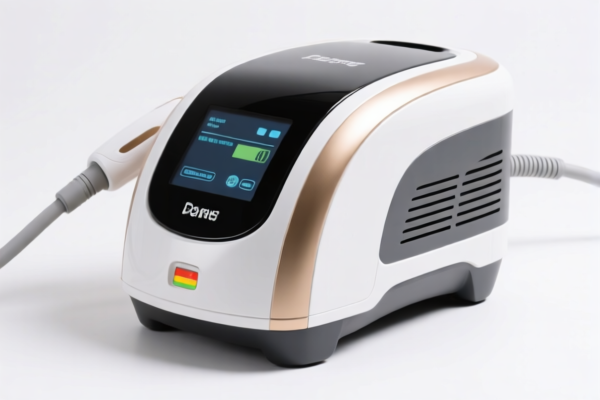| HS Code | Official Doc | Tariff Rate | Origin | Destination | Effective Date |
|---|---|---|---|---|---|
| 9013200000 | Doc | 55.0% | CN | US | 2025-05-12 |
| 9018200040 | Doc | 55.0% | CN | US | 2025-05-12 |
| 9018906000 | Doc | 55.0% | CN | US | 2025-05-12 |
| 8515110000 | Doc | 57.5% | CN | US | 2025-05-12 |
| 8515902000 | Doc | 81.6% | CN | US | 2025-05-12 |
| 8543708500 | Doc | 55.0% | CN | US | 2025-05-12 |
| 8543908500 | Doc | 55.0% | CN | US | 2025-05-12 |




Laser Hair Removal Device
A laser hair removal device is a cosmetic tool used to reduce unwanted hair growth through the application of concentrated light energy. This energy targets the melanin in hair follicles, inhibiting future hair growth.
Material
These devices commonly incorporate the following materials:
- Housing: Typically constructed from durable plastics like ABS or polycarbonate for robustness and user safety. Metal components, often aluminum alloys, are used for heat dissipation.
- Laser Source: Diode lasers are most prevalent due to their cost-effectiveness and efficiency. Other types, such as Nd:YAG, Alexandrite, and Ruby lasers, are used in professional-grade devices offering varied wavelengths.
- Cooling System: Many devices integrate thermoelectric coolers (TEC), fans, or utilize contact cooling tips (often sapphire or similar materials) to prevent skin burns and enhance user comfort.
- Optical Components: Lenses and filters made of quartz or specialized glass focus and refine the laser beam.
- Power Supply & Electronics: Circuit boards, capacitors, and other electronic components regulate power output and device functionality.
Purpose
The primary purpose of a laser hair removal device is to provide a long-lasting reduction in the amount of unwanted body or facial hair. It offers an alternative to traditional hair removal methods like shaving, waxing, and electrolysis.
Function
The device functions by:
- Melanin Absorption: The laser emits a specific wavelength of light that is absorbed by the melanin pigment in the hair follicle.
- Heat Generation: This absorbed energy converts to heat, damaging the hair follicle.
- Hair Growth Inhibition: Repeated treatments progressively weaken the follicle, reducing hair growth, thickness, and color. Complete hair removal is not always achieved, and maintenance treatments are often required.
- Skin Cooling: Integrated cooling mechanisms protect the surrounding skin from thermal damage during the process.
Usage Scenarios
- Home Use: Smaller, less powerful devices designed for at-home treatments on areas like legs, arms, underarms, and bikini line.
- Professional Clinics: More powerful, sophisticated devices used by trained professionals for larger areas and more effective results, including the face, back, and chest.
- Medical Spas: Similar to professional clinics, often offering treatments as part of broader cosmetic procedures.
Common Types
- Diode Laser Devices: Most common for home use and many professional treatments. Effective on a wide range of skin tones and hair colors.
- Alexandrite Laser Devices: Effective for lighter skin tones and finer hair. Often used for facial hair removal.
- Nd:YAG Laser Devices: Suitable for darker skin tones and coarser hair. Penetrates deeper into the skin.
- Ruby Laser Devices: Historically used, now less common. Effective for lighter skin tones and finer hair.
- IPL (Intense Pulsed Light) Devices: While often marketed similarly, IPL is not a laser. It uses a broad spectrum of light and is generally less effective than true laser hair removal.
- Home Use vs. Professional Grade: Home devices typically have lower power output and smaller treatment heads, requiring more frequent treatments for comparable results. Professional devices offer greater precision, control, and efficacy.
Based on the provided information, the following HS codes are relevant to a laser hair removal device:
-
9013200000: Lasers, other than laser diodes; other optical appliances and instruments, not specified or included elsewhere in this chapter: Lasers, other than laser diodes. This code covers lasers that are not laser diodes. The basic tariff is 0.0%, with an additional tariff of 25.0% and 30.0% after April 2, 2025, resulting in a total tariff of 55.0%.
-
9018200040: Instruments and appliances used in medical, surgical, dental or veterinary sciences, including scintigraphic apparatus, other electro-medical apparatus and sight-testing instruments; parts and accessories thereof: Ultraviolet or infrared ray apparatus, and parts and accessories thereof Therapeutic. This code applies to therapeutic ultraviolet or infrared ray apparatus, which could include devices used for hair removal. The basic tariff is 0.0%, with an additional tariff of 25.0% and 30.0% after April 2, 2025, resulting in a total tariff of 55.0%.
-
9018906000: Instruments and appliances used in medical, surgical, dental or veterinary sciences, including scintigraphic apparatus, other electro-medical apparatus and sight-testing instruments; parts and accessories thereof: Other instruments and appliances and parts and accessories thereof: Other: Electro-medical instruments and appliances and parts and accessories thereof: Electro-surgical instruments and appliances, other than extracorporeal shock wave lithotripters; all the foregoing and parts and accessories thereof. This code covers other electro-medical instruments and appliances, including electro-surgical instruments (excluding extracorporeal shock wave lithotripters). The basic tariff is 0.0%, with an additional tariff of 25.0% and 30.0% after April 2, 2025, resulting in a total tariff of 55.0%.
Important Note: The applicable HS code will depend on the specific characteristics and intended use of the laser hair removal device. It is recommended to consult with a customs professional to determine the most appropriate classification.
Customer Reviews
No reviews yet.